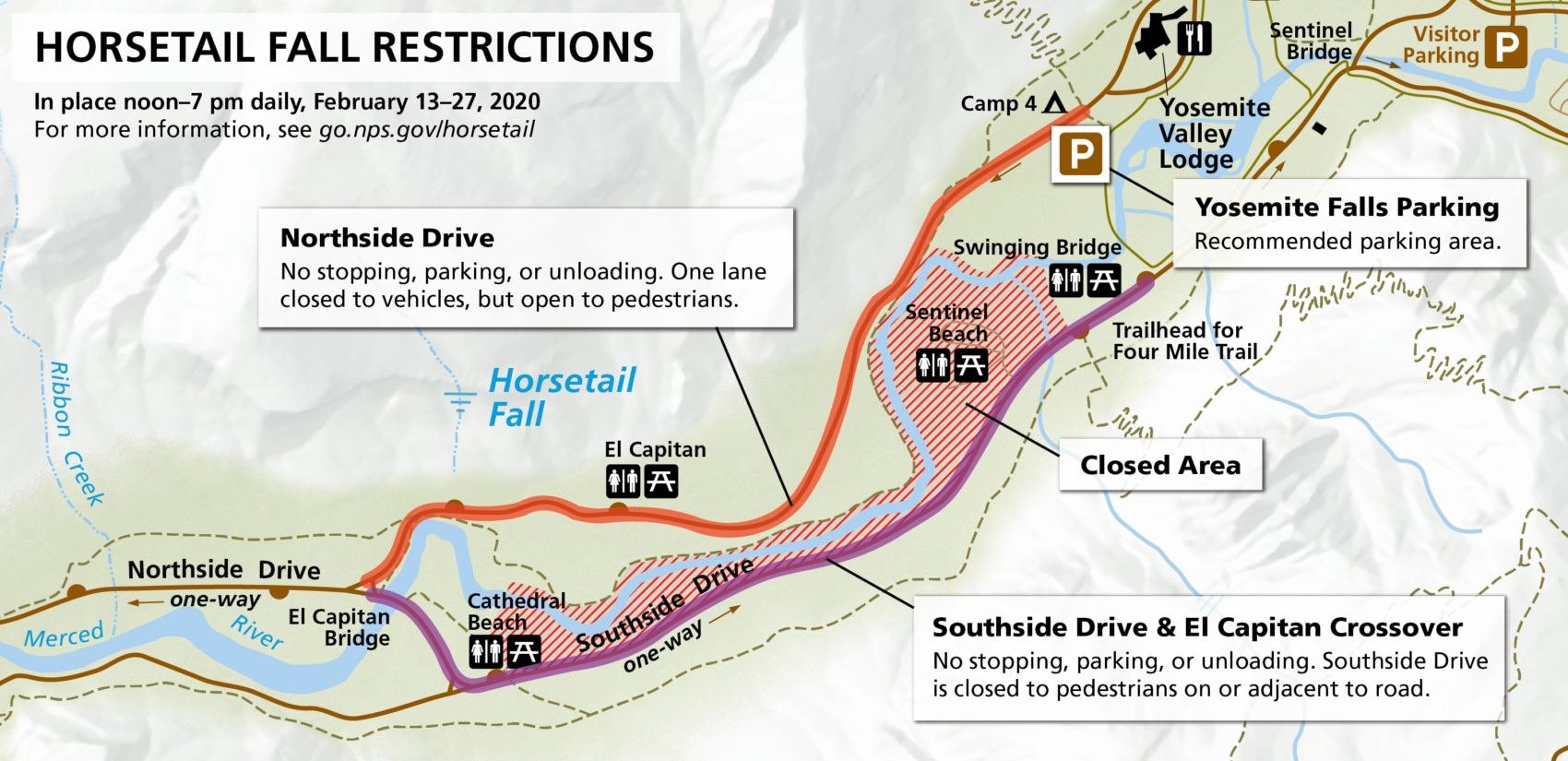
This evaluates whether the accident was intense enough and had a suitable mechanism to cause the injury or disease in question. In more ambiguous cases, a probability assessment is used. In most cases, such as when a knife hitting the hand results in a wound, the causality is unambiguous. There must be a causal link between the effect and the incident. The effect may also be psychological, such as an acute stress reaction to a threatening event that has occurred at work. In most cases, the effect is a clear physical injury, such as a wound, bruise or fracture. Consequence and causalityĪn injury or illness or the consequent death of the injured person is compensable as an occupational accident. If an employee deliberately injures him/herself, it is not an accident. Unforeseen eventĪn unforeseen event means that the incident occurs independent of the employee’s own will. The suddenness of an event means that the incident takes place quickly and without warning, such as slipping, falling or colliding with an object. For these injuries, compensation may be paid for up to six weeks. In most cases, this involves straining the back when lifting heavy loads. Under certain circumstances, muscle or tendon pain is also compensable as an accident, even when a clear external factor cannot be demonstrated. An external factor may also refer to acid, a virus, or bacteria.

that causes the employee to be injured or develop an illness.Īn external factor may be, for example, slippery surfaces, a pothole, an object falling from above, or a sharp object that impacts with the hand.a sudden and unforeseen event arising from an external factor.result in an effect that is causally linked to the incident.take place under conditions specified by law, and.Occupational accidents are incidents which


 0 kommentar(er)
0 kommentar(er)
